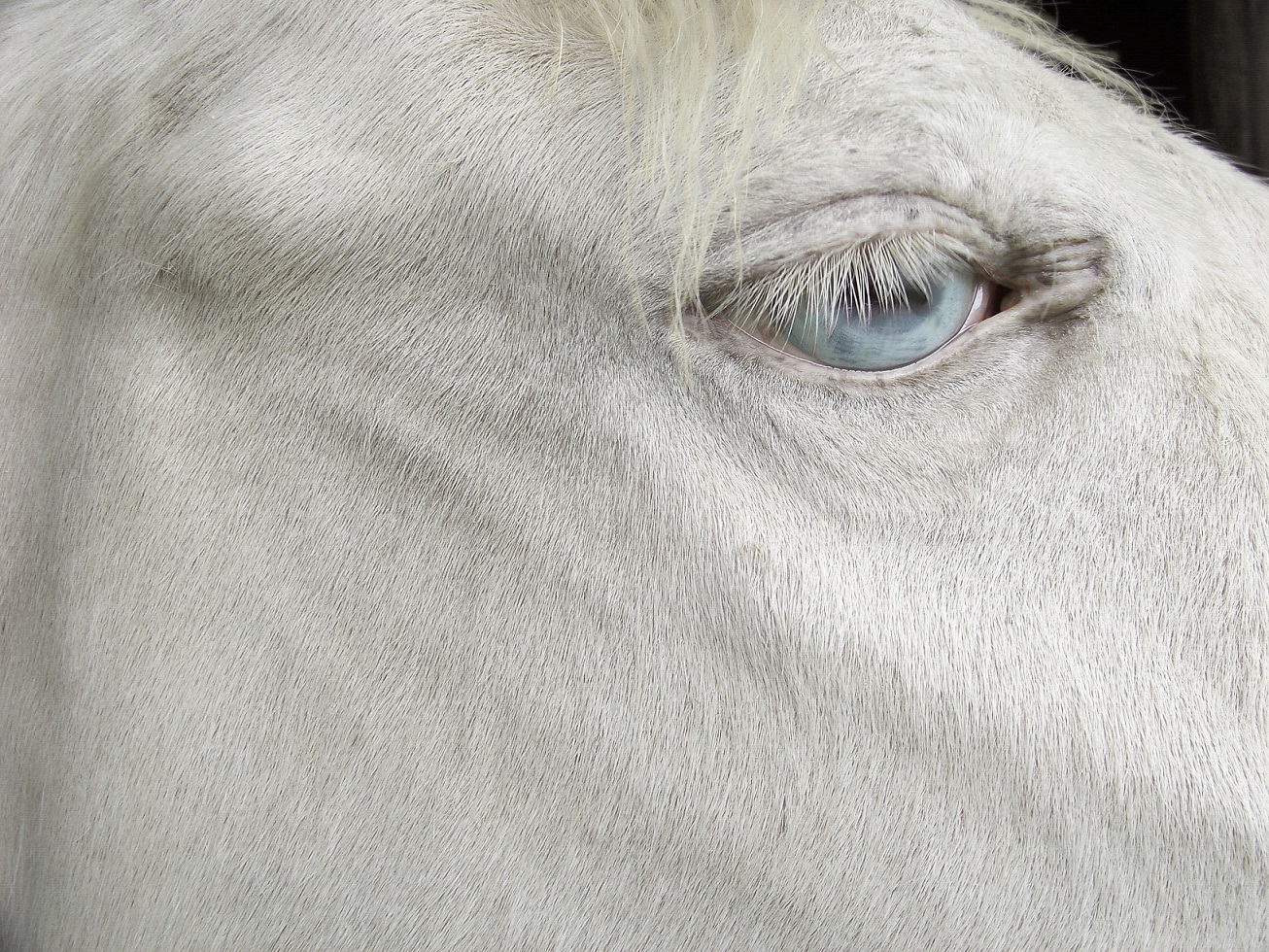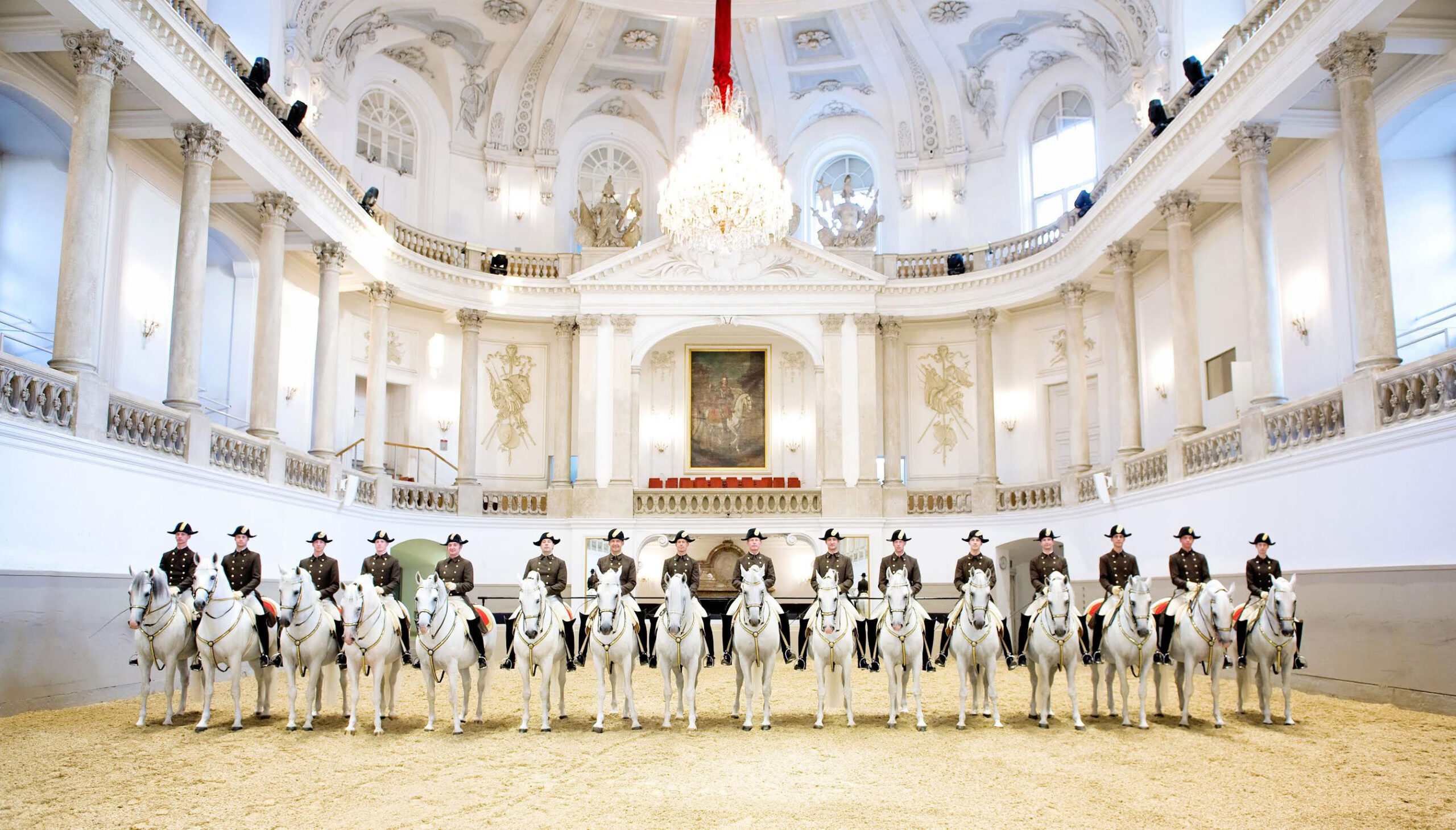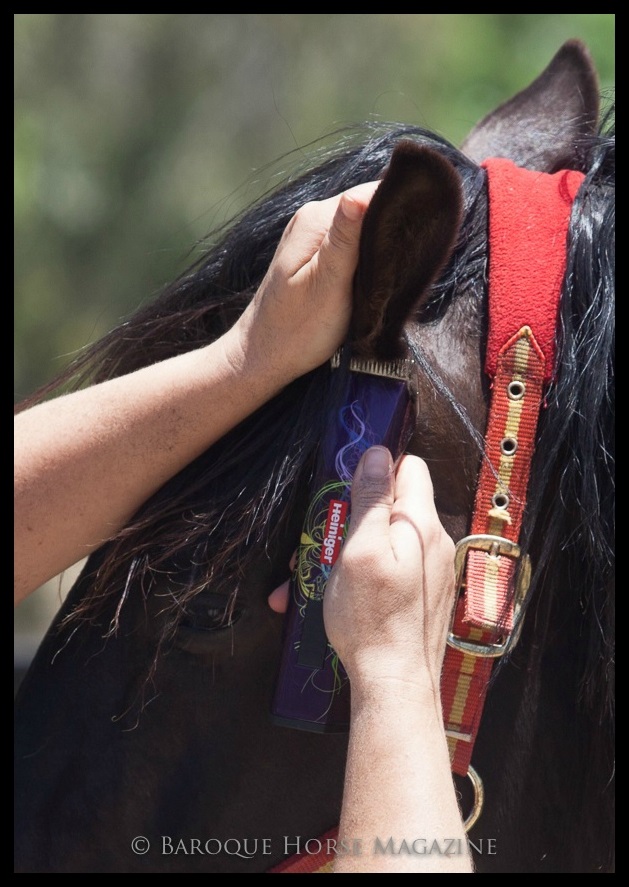
History of the Isabella Horse

by Allison Tomlinson
Isabella (Isabelline) refers to a pale grey-yellow, a pale fawn, a pale cream-brown or a parchment colour. This is primarily referred to in the plumage colour in birds but also refers to what we now mostly call Palomino, Cremello or Perlino in horses.
The first recorded use of Isabella as the name of a colour in English was in the year 1600. Where it was used to describe
an item in Elizabeth I of England’s wardrobe inventory: “one round gown of Isabella colour satin, cut in a snippet and raised up, set with silver spangles.”
 One of the more notable mentions of the Isabella horse was with Queen Isabelle (Ysabella) de-Bourbon who favoured the majestic pale horses. And it is said that in Remuda Real of Spain, she kept a full hundred of them as the chosen favourites of the crown. She would allow only the members of the royal family and the nobles of the household to ride them and it was against the crown for a commoner to own one. She was so enchanted by these horses that Queen Isabella sent one of her beloved Palomino stallions and five mares to her Viceroy in New Spain, now known as Mexico, to breed and spread across the new lands discovered. During 1599 – 1660 Spain’s greatest baroque painter, Diego de Silva Velazquez used the Isabella horses many times in his romantically extravagant paintings. These also included King Phillip VI, and Queen Isabella of Spain mounted on the beautiful golden horses – the most famous included what appears to be an Isabella coloured pinto horse. The paintings of large war scenes captured the dreamy golden Spanish horse with huge flowing manes, beautifully crested necks and strong round haunches. Isabella horses were presented to the Spanish Lord Juan de Palomino, who marvelled at the beauty of the horses. It is thought that this might be where they later received their name of Palomino which has remained in use over the centuries.
One of the more notable mentions of the Isabella horse was with Queen Isabelle (Ysabella) de-Bourbon who favoured the majestic pale horses. And it is said that in Remuda Real of Spain, she kept a full hundred of them as the chosen favourites of the crown. She would allow only the members of the royal family and the nobles of the household to ride them and it was against the crown for a commoner to own one. She was so enchanted by these horses that Queen Isabella sent one of her beloved Palomino stallions and five mares to her Viceroy in New Spain, now known as Mexico, to breed and spread across the new lands discovered. During 1599 – 1660 Spain’s greatest baroque painter, Diego de Silva Velazquez used the Isabella horses many times in his romantically extravagant paintings. These also included King Phillip VI, and Queen Isabella of Spain mounted on the beautiful golden horses – the most famous included what appears to be an Isabella coloured pinto horse. The paintings of large war scenes captured the dreamy golden Spanish horse with huge flowing manes, beautifully crested necks and strong round haunches. Isabella horses were presented to the Spanish Lord Juan de Palomino, who marvelled at the beauty of the horses. It is thought that this might be where they later received their name of Palomino which has remained in use over the centuries.
 The colour appears to have changed and developed over the years with a rich, darker golden hue now being the sought after colour in Australia. However, the favoured lighter Isabella horses are still preferred in Europe. Although only recently allowed back into the Spanish Studbook the Isabella or Palomino colour is one dotted throughout history. It is a personal favourite of mine as I just can’t go past that golden colour and gleaming white mane and tails -almost that of a magical feel.
The colour appears to have changed and developed over the years with a rich, darker golden hue now being the sought after colour in Australia. However, the favoured lighter Isabella horses are still preferred in Europe. Although only recently allowed back into the Spanish Studbook the Isabella or Palomino colour is one dotted throughout history. It is a personal favourite of mine as I just can’t go past that golden colour and gleaming white mane and tails -almost that of a magical feel.




